The Limiting Factor of Your Squat
Oct 05, 2016Whether you are looking to PR your squat, want to squat without pain or are just sick of nagging lower extremity pain—this is where the change needs to begin.
This week I posted a picture on social media of a patient who started the session with a squat that deviated to the right and then after some mobility she was centered. This started a lot of conversation from athletes asking for help with this exact issue. First, check out your mobility. Remember: symmetry is important in a squat so be sure to check both sides and compare!
Pain and dysfunction in the back, hip and lower extremity can absolutely be caused by a laundry list of issues, but sometimes we make it more complicated than it needs to be. The best way to begin to decrease pain and improve function is to find the low hanging fruit and start there.
At Athletes’ Potential we use a group of movements to screen every patient with lower extremity complaints. The last movement is always a body weight squat. Not because every patient we treat is a weightlifter and wants to improve their squat, but because it is a foundational movement that everyone should have the requisite mobility and strength to perform.
The first two places to look for a mobility restriction are the ankle and the hip.
A few indicators of ankle restriction during the squat often comes in two forms: the people that feel like they will fall backwards if their chest is up any higher (pic 1) OR those who look like they have a solid squat but on closer look, their ankles are collapsed and spin outward (pic 2&3).
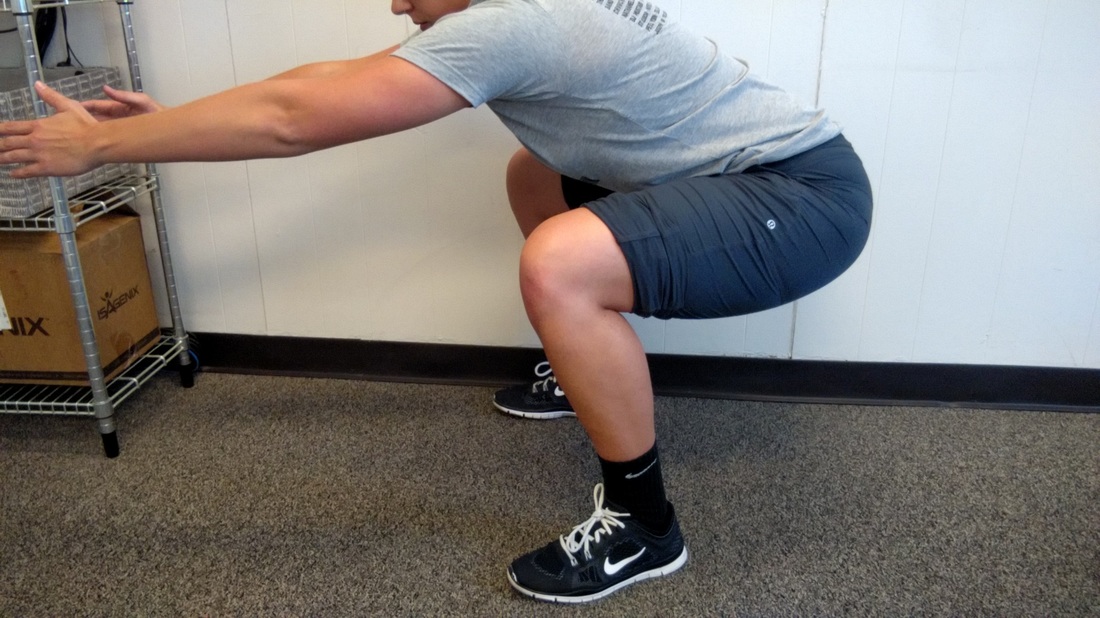
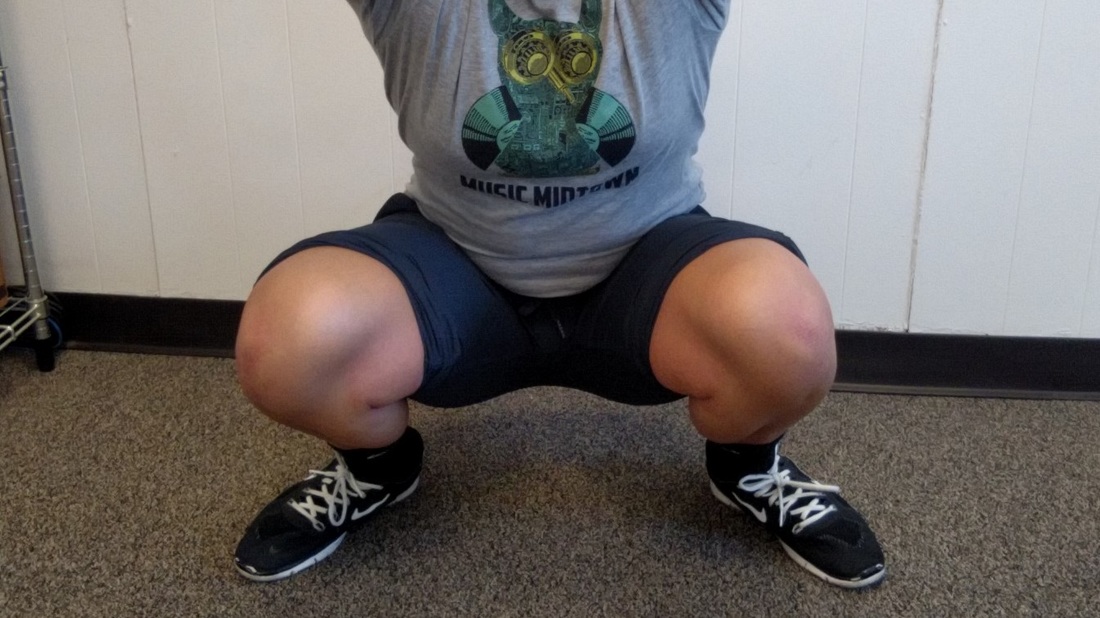
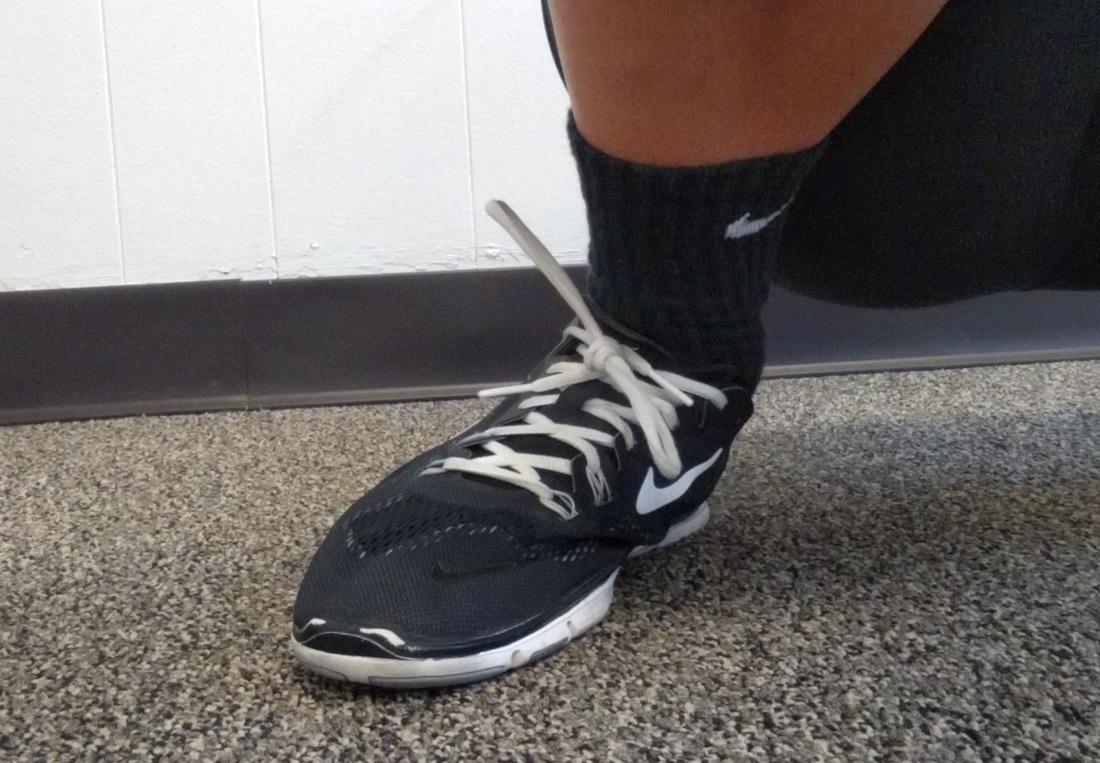 Ankle dorsiflexion is essential to have a deep squat with an upright torso. The best way to check your own ankle mobility: place your foot a hand width from a wall (in a lunge position), with the foot in that position drive your knee toward the wall making sure that your heel stays down. Can it touch the wall? If yes, move on to checking hip mobility. If no, your ankles are limiting your squat!
Ankle dorsiflexion is essential to have a deep squat with an upright torso. The best way to check your own ankle mobility: place your foot a hand width from a wall (in a lunge position), with the foot in that position drive your knee toward the wall making sure that your heel stays down. Can it touch the wall? If yes, move on to checking hip mobility. If no, your ankles are limiting your squat!
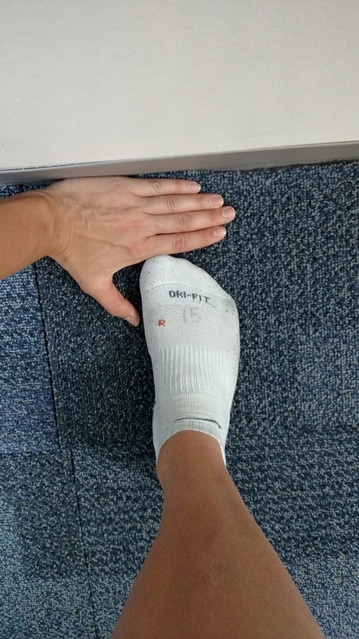
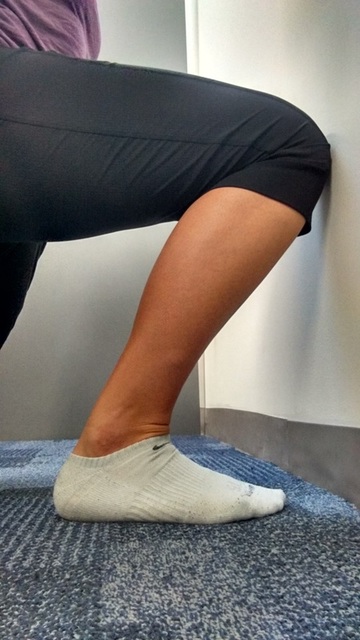
Our favorite ankle mobility drill uses a band to distract the ankle and then move it through range. Check it out-- Ankle distraction and dorsiflexion
Ankles can be a frustrating joint to mobilize because they are slower to change. It is important to work ankle mobility into your warm up and/or cool down as much as possible! As you begin to chip away at ankle restrictions, check out this older blog post about the best way for you to modify a squat until your mobility is improved: Is squatting bad for my knees? Part II
To self-check hip mobility there are a two hip movements that are important to check- hip flexion and hip internal rotation. When you are missing hip flexion and/or internal rotation, there may be a pinching sensation at the front of the hip during a squat or you have a “butt wink” at the bottom. To check hip flexion, lay on your back and pull your knee towards your chest. Ideally, you will be able to get your knee about a fists width from your chest. As you apply overpressure with your hand, you might notice your pelvis start to lift off of the floor. This is actually lumbar flexion, which is synonymous with a ‘butt wink’. The athlete below is experiencing this a bit, I think he was trying to show off for the camera. ☺
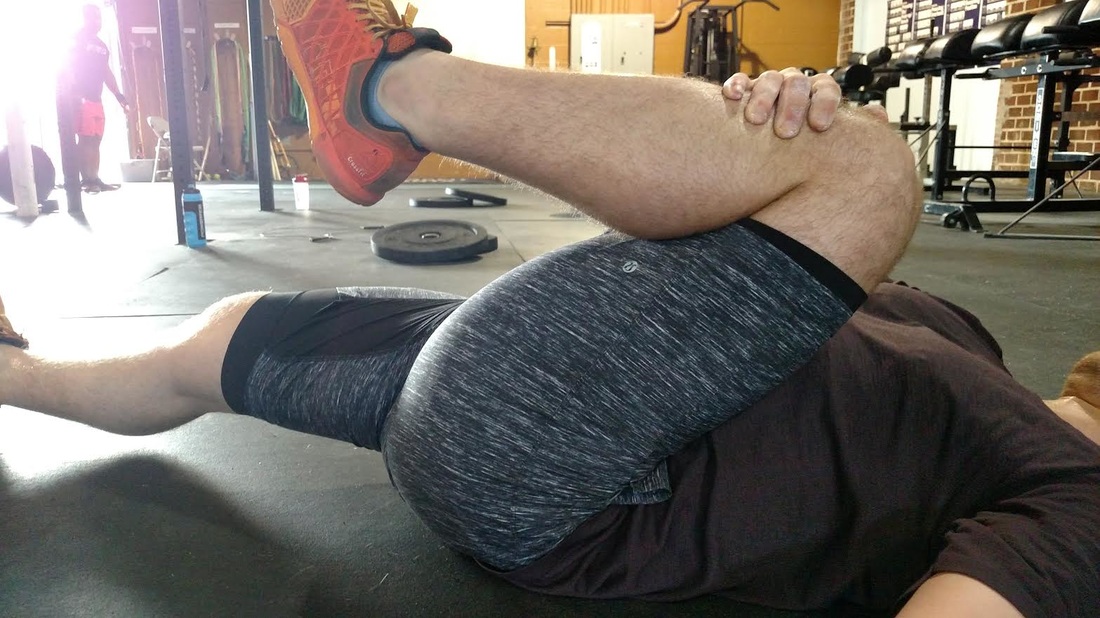
When checking internal rotation, sit on a table or box so that your feet are not in contact with the ground. Internal rotation is the motion when your foot moves outward from your body when your hips and knees are bent. We like to see 40-45 degrees, as in the picture below. Be sure that as you rotate your hip, you don’t bring your booty off the table and lean to make it go further!
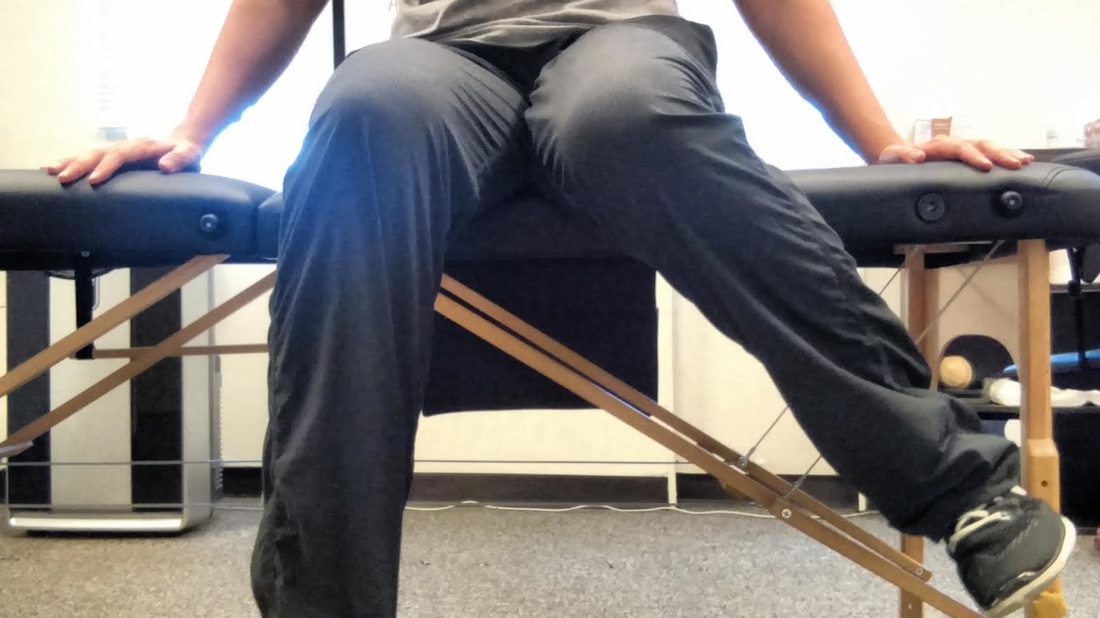
Lacking hip flexion? Here is a great sequence to work through-- Hip Flexion Mobility
Is your internal rotation less than ideal? Is one side much less than the other? Give this a try-- Anterior Hip Opener with Internal Rotation
Maybe you check all of these areas and you have the ideal mobility. What else could it be??
Really bendy athletes are on an opposite end of the spectrum from more immobile athletes. In fact, banded mobility and banded distractions won’t help you at all! If this is you—stay tuned for Part II that covers the limiting factor of the squat for flexible folks.
Thanks for reading,
Dr. Jackie, PT, DPT, OCS, CSCS
Let us help you figure out to live your best active life today!
Remember, Movement is Medicine!

